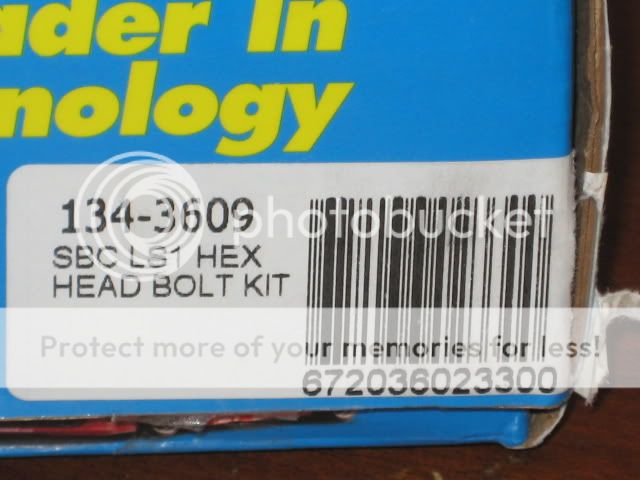
The preload-dependent stiffness of machine tool support was investigated in this study.

The average torque of the Z-axis motor is 0.5 N The simulation results show that the Z-axis of the milling machine has excellent dynamic characteristics when the gravity balance device is not working. The Z-axis characteristics of the milling machine were simulated and studied, and a modal analysis was carried out to obtain the natural frequencies and vibration modes of the milling machine. In this paper, based on the principle of multibody dynamics (MBD), a virtual prototype (VP) of the optical free-form surface milling machine was established by the ADAMS software. The Z-axis column of the milling machine is designed by a mechanical shunt. Published by IOP Publishing Ltd on behalf of the IMMTĪn optical free-form surface milling machine is designed according to the process characteristics and cutting force of optical components manufacturing. This paper concludes with a detailed discussion of the authors recent research on nickel-phosphorus (Ni-P) mold manufacturing and its service performance. The following section provides a detailed survey of the existing micro/nanostructured mold manufacturing techniques and their corresponding mold materials, including nonmechanical and mechanical methods. The authors begin with an introduction of the extreme requirements of mold materials.

This paper reviews a variety of technologies for manufacturing micro/nanostructured molds.

Moreover, the service performance of the mold should also be carefully considered. Numerous mold manufacturing methods have been developed to fabricate extremely small and high-quality micro/nanostructures to satisfy the demands of functional micro/nanostructured glass components for various applications. Precision glass molding technology is the most efficient method of manufacturing micro/nanostructured glass components, the premise of which is meld manufacturing with complementary micro/nanostructures. Micro/nanostructured components play an important role in micro-optics and optical engineering, tribology and surface engineering, and biological and biomedical engineering, among other fields. Moreover, the method for controlling the spatial period of waviness error was discussed, which provides guidance for improving the optical performance of large size optical component. The reason of waviness errors on machined surface was revealed by investigating the internal relationship between the spatial period of waviness error and the dynamic performance of the machine tool. The machined surface topography was simulated, and the spatial periods of waviness errors were analyzed based on power spectral density (PSD) method. Then, a mathematic model for simulating the machined surface topography was built based on the FEM model of the machine tool.

Firstly, a dynamic model of the machine tool was built based on finite element method (FEM) considering the fluid-structure interaction (FSI) effect. This paper aims to explain the formation mechanism of the wavy topography of the machined surface of ultra-precision flycutting. The three-dimensional topography of machined surface induced by machine tool vibration has a great impact on the optical performance of ultra-precision optical components.


 0 kommentar(er)
0 kommentar(er)
